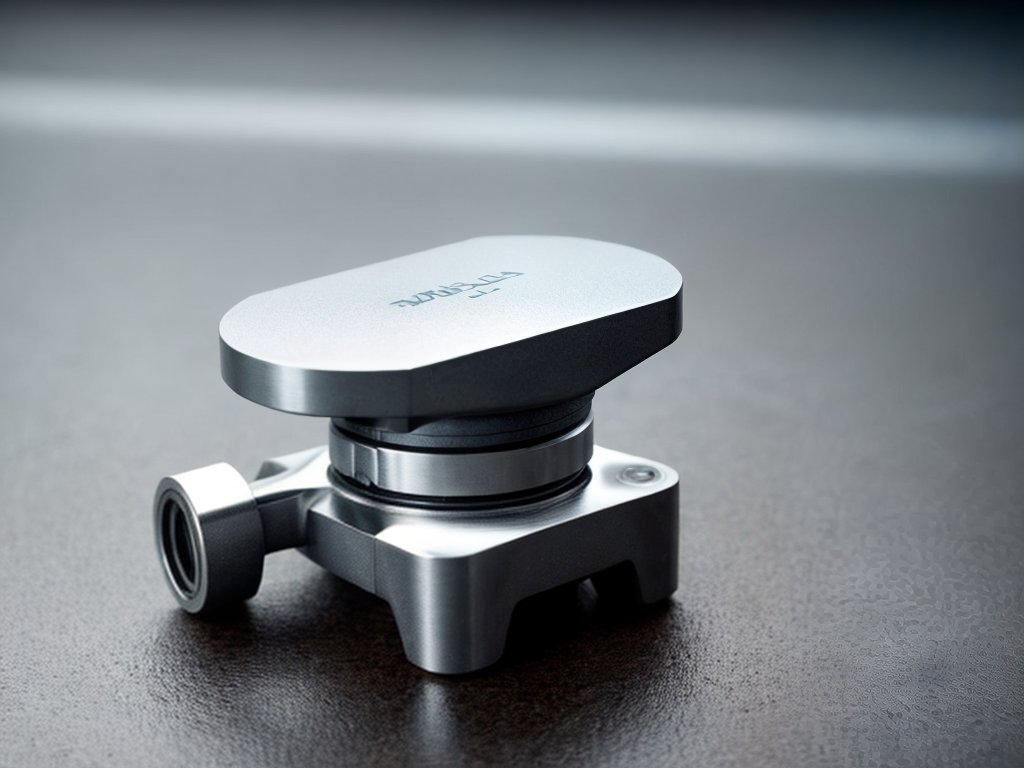
When it comes to the endurance of stainless steel float valves, their ability to withstand challenging conditions is truly remarkable. These valves possess corrosion-resistant properties that ensure their longevity in harsh environments. With their sturdy construction, they are designed to withstand the toughest conditions and maintain optimal performance. As a cost-effective solution for industrial applications, stainless steel float valves save both time and money by eliminating the need for frequent replacements. But there’s more to their durability than meets the eye. Stay tuned as we explore the many benefits of these resilient valves and how they can revolutionize your operations.
Corrosion-Resistant Properties
Stainless steel float valves exhibit exceptional corrosion resistance due to their composition and surface properties. This makes them highly suitable for applications that involve exposure to high temperatures or corrosive environments. The unique composition of stainless steel, primarily consisting of iron, chromium, and nickel, provides it with inherent resistance to corrosion. Chromium, in particular, forms a protective oxide layer on the surface of the valve, preventing the underlying metal from coming into contact with corrosive elements.
The corrosion-resistant properties of stainless steel float valves are further enhanced by their surface properties. These valves are typically finished with a smooth and polished surface, which not only enhances their aesthetic appeal but also serves a functional purpose. The smooth surface minimizes the accumulation of debris, preventing the formation of crevices where corrosion can initiate. Additionally, the polished surface makes it easier to clean the valves, further reducing the maintenance requirements.
Due to their corrosion resistance, stainless steel float valves can withstand high temperatures without losing their functionality or structural integrity. This makes them well-suited for applications where the fluid being controlled is at elevated temperatures. Furthermore, the low maintenance requirements of stainless steel float valves contribute to their overall durability. The corrosion-resistant properties and low maintenance requirements allow these valves to provide long-term reliability and reduce downtime, resulting in cost savings for the end-users.
Sturdy Construction for Tough Conditions
When constructing stainless steel float valves for tough conditions, I prioritize durability and strength. These valves are designed to withstand high pressure and extreme temperatures, making them suitable for a wide range of demanding environments. The sturdy construction of stainless steel float valves ensures their ability to endure harsh conditions without compromising performance.
One of the key features of stainless steel float valves is their high pressure tolerance. The valves are carefully engineered to withstand the force exerted by fluids under high pressure. This ensures that they can effectively regulate the flow of liquids without succumbing to the stress caused by the pressure. Whether it is in an industrial setting or a residential application, stainless steel float valves can handle the demands of high-pressure systems with ease.
In addition to their high pressure tolerance, stainless steel float valves also exhibit extreme temperature resistance. These valves are designed to function reliably in environments with both high and low temperatures. The stainless steel material used in their construction is known for its ability to maintain its strength and integrity even under extreme temperature conditions. This makes stainless steel float valves suitable for applications where temperature fluctuations are common, such as in industrial processes or outdoor installations.
Long-Lasting and Reliable Performance
To ensure long-lasting and reliable performance, careful attention is given to the design and construction of stainless steel float valves. These valves are highly efficient and require low maintenance, making them an ideal choice for various applications.
The durability of stainless steel float valves is attributed to their robust construction and high-quality materials. These valves are designed to withstand tough conditions and provide reliable performance over an extended period. The use of stainless steel ensures resistance to corrosion, which is crucial for applications where the valves come into contact with water or other corrosive substances.
The design of stainless steel float valves is optimized for efficiency. The float mechanism is precisely calibrated to accurately control the flow of liquids. This ensures that the valves operate smoothly and efficiently, minimizing any potential disruptions or inefficiencies in the system.
Additionally, stainless steel float valves require low maintenance. The materials used in their construction are resistant to wear and tear, reducing the need for frequent replacements or repairs. This not only saves time and resources but also ensures uninterrupted operation and minimal downtime.
Furthermore, stainless steel float valves are designed to be user-friendly. They are easy to install, adjust, and maintain, allowing for hassle-free operation. This convenience is particularly valuable in applications where accessibility is limited or when quick adjustments are necessary.
Cost-Effective Solution for Industrial Applications
A cost-effective solution for industrial applications is the utilization of stainless steel float valves. These valves offer an affordable option for businesses looking to maintain high quality material while keeping costs down. Stainless steel is known for its durability and resistance to corrosion, making it an ideal choice for industrial settings where reliability is crucial.
To illustrate the cost-effectiveness of stainless steel float valves, let’s compare them to other commonly used materials in a table:
| Material | Cost | Lifespan |
|---|---|---|
| Stainless Steel | Affordable | Long-lasting |
| Brass | Expensive | Moderate |
| Plastic | Cheap | Short |
As you can see, stainless steel float valves offer a balance between affordability and longevity. While brass may have a longer lifespan, it comes at a higher cost, making it less cost-effective for industrial applications. On the other hand, plastic valves are cheaper but have a much shorter lifespan, resulting in frequent replacements and increased costs over time.
Time and Money-Saving Alternative to Frequent Replacements
Stainless steel float valves not only provide a cost-effective solution for industrial applications, but they also serve as a time and money-saving alternative to frequent replacements. With their exceptional durability, these valves offer sustainability benefits by reducing the need for constant replacements and repairs.
Unlike other materials, stainless steel is highly resistant to corrosion, rust, and wear, ensuring long-lasting performance in even the harshest environments. This durability translates into significant cost savings for businesses, as they no longer need to invest in frequent valve replacements or repairs. By choosing stainless steel float valves, companies can allocate their resources more efficiently, leading to increased productivity and profitability.
Customer testimonials further support the time and money-saving benefits of stainless steel float valves. Industries ranging from oil and gas to water treatment and manufacturing have reported significant reductions in maintenance and replacement costs after switching to stainless steel float valves. These valves have proven their reliability over time, with customers praising their ability to withstand heavy usage and harsh operating conditions.
In addition to the cost savings, stainless steel float valves contribute to sustainability efforts. By reducing the need for frequent replacements, these valves help minimize waste and conserve resources. This aligns with the growing demand for eco-friendly solutions in today’s market, where companies and consumers alike are seeking products that are both durable and environmentally responsible.


